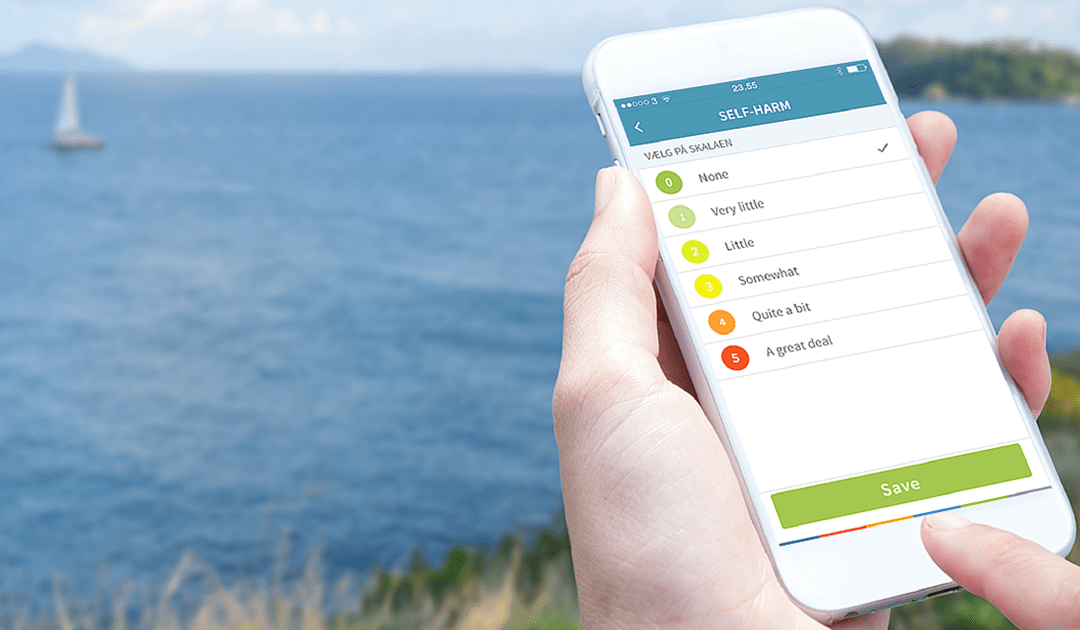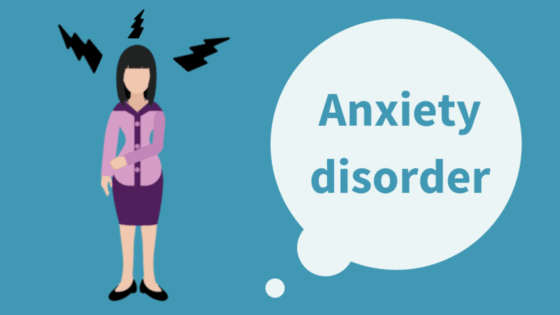
by Thomas Lethenborg | Jan 25, 2016 | News, Press releases
Copenhagen, Denmark – 25 January 2016. Monsenso ApS, a Copenhagen-based technology company, has been granted 1.575 million DKK to continue the research and development of the existing data-driven, cloud-based, mHealth solution for anxiety and borderline treatment.
The ENTER project (previously called E-Mental project), which has been granted an overall budget of 19 million DKK, is being done in collaboration with The Mental Health Services in the Region of Southern Denmark (MHS), the South Denmark University, Aalborg University, Context Consulting and Monsenso. Monsenso will be involved in two studies for the E-mental project:
The Anxiety Monitoring Study
The objective of the study is to implement and validate the Monsenso mHealth solution for anxiety disorders.
Mobile monitoring solutions can be useful in assisting patients in using skills learned during treatment in real life situations, as well as to monitor and give feedback on progress or lack of progress during therapy. This feedback leads to better outcomes for patients not responding well to treatment.
The mDIARY Study for patients with borderline personality disorder
The objective of the study is to prove that the Monsenso DBT (Dialectical Behavioural Therapy) solution is a reliable and clinically valid way to collect patient data, helping individuals learn these skills at home, speeding up their recovery.
The study will include a three-month pilot study where a randomized percentage of the patients will use either paper-based diary cards or the Monsenso mHealth app. Additionally, the study will also include a two-year randomized controlled trial. During this part of the study, half of the patients will be given an mHealth app that includes coaching suggestions while the second half will use paper-based self-assessments. The number of missing data will be compared, and data quality of the app versus established clinical measures will be evaluated. User satisfaction will be assessed with focus group interviews.
Additionally, a cost-effectiveness study will run in parallel to the main research. The objective of this study is to estimate the economic advantages of implementing the proposed e-mental health solution in the healthcare system.
E-mental health solutions have the potential to reduce the cost of treatment and to enable a larger number of people to be treated. The economic aspects should be adequately investigated with regards to cost-effectiveness as well as financial aspects of implementation in clinical practice. The study aims to determine the cost-effectiveness of Internet interventions compared to the most cost-effective treatment currently available.
With regards to the support obtained from the Innovation Fund, Thomas Lethenborg, CEO at Monsenso commented, “The mHealth solution developed by Monsenso has the potential to revolutionize the treatment of psychiatric illnesses. The support received from the Innovation Fund will provide us with the necessary evidence to validate our solution clinically and financially for the treatment of mental illnesses.”
To learn more click on this link:
For additional information contact:
Jennifer Highland
Marketing and Communications Manager
Monsenso
+45 81 71 7713
highland@monsenso.com You can download this article as PDF in English

by Thomas Lethenborg | Nov 3, 2015 | Anxiety
Experiencing occasional anxiety is a normal part of life. However, people with anxiety disorders frequently have intense, excessive and persistent worry and fear about everyday situations. Often, anxiety disorders involve repeated episodes of sudden feelings of intense anxiety and fear or terror that reach a peak within minutes (panic attacks) [1].
Anxiety is the primary symptom of several conditions, including:
- Generalized anxiety disorder (GAD)
- Panic attacks
- Phobias
- Post-traumatic stress disorder
- Social anxiety disorder [2]
- Symptoms of GAD
- Restlessness
- Sense of dread
- Feeling constantly “on edge”
- Difficulty concentrating
- Irritability
- Dizziness
- Tiredness
- Fast or irregular heartbeat
- Muscle aches and tension
- Trembling or shaking
- Shortness of breath
- Headache
- Insomnia [2]
The two main treatments for anxiety disorders are psychotherapy and medication. It is often beneficial to combine both. It may take some trial and error to discover which treatments work best for an individual.
Psychotherapy
Psychotherapy, also known as talk therapy or psychological counselling, involves working with a therapist to reduce a person’s anxiety symptoms. Sometimes, it can be an effective treatment on its own [3].
Cognitive behavioural therapy (CBT) is one of the most effective forms of psychotherapy for anxiety disorders. A short-term treatment, cognitive behavioural therapy focuses on teaching individuals specific skills to return gradually to the situations they avoided due to their anxiety [3].
Applied relaxation focuses on relaxing your muscles in a particular way during situations that usually cause anxiety. The technique needs to be taught by a trained therapist, but involves:
- Learning to relax one’s muscles
- Learning to relax one’s muscles quickly and in response to a trigger, such as the word “relax”
- Relaxing one’s muscles in situations that make a person anxious [2]
Medication
- Antidepressants – this type of medications influences the activity of brain chemicals (neurotransmitters) thought to play a role in anxiety disorders
- Buspirone – an anti-anxiety medication called buspirone may be used on an ongoing basis. As with most antidepressants, it typically takes up to several weeks to become fully effective
- Benzodiazepines – this type of medication are used only for relieving acute anxiety on a short-term basis. Because they can be habit-forming, these medications aren’t a good choice if you’ve had problems with alcohol or drug abuse [1]
The Monsenso mHealth solution for behavioural disorders is currently being used to support the treatment of individuals suffering from bipolar disorder, schizophrenia, depression, and borderline personality disorder.
Although there isn’t any ongoing research on anxiety, it can definitely be used to support the treatment of anxiety with in conjunction with CBT.
Individuals can obtain an overview of their historic levels of anxiety and try to identify the behavioural patterns that trigger their symptoms. Based on their historical records they can learn to predict situations of risk and take preventive measures to avoid or minimize any adverse reactions. Additionally, the Monsenso smartphone app also provides individuals with customized action plans and a secure communication channel with their clinic when they need it the most.
References:
[1] Anxiety. Mayo Clinic.
http://www.mayoclinic.org/diseases-conditions/anxiety/basics/definition/con-20026282
[2] Anxiety. National Institute of Mental Health.
http://www.nimh.nih.gov/health/topics/anxiety-disorders/index.shtml
[3] Anxiety. National Health Service (NHS) UK
http://www.nhs.uk/conditions/anxiety/Pages/Introduction.aspx




